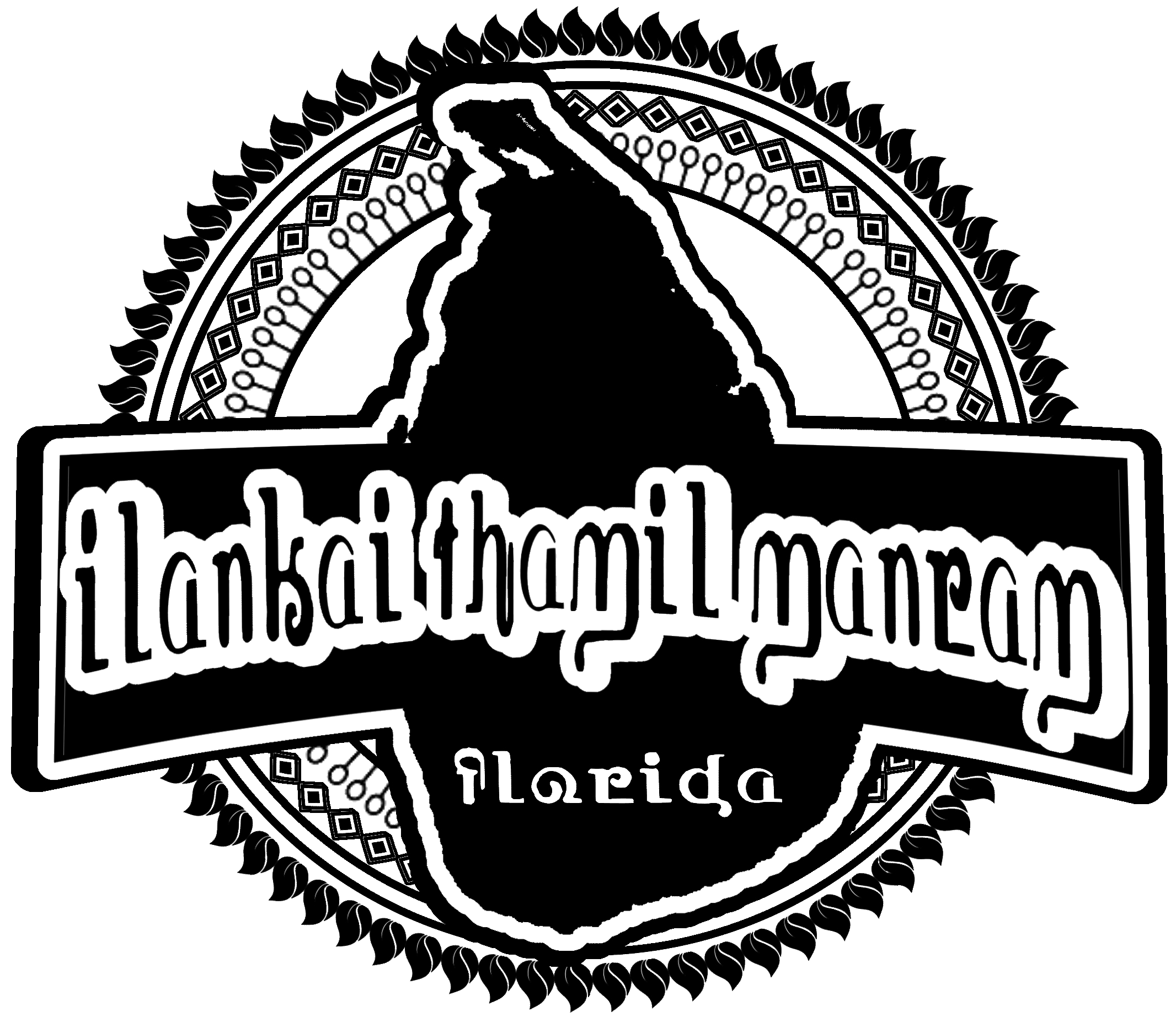
Cattle have a unique place in the culture of South Asia, one which stands at the crossroads of pragmatism and belief.
The cow, or மாடு (maadu), plays many roles in Sri Lankan society. It is prized for its products, such as milk, cheese, and ghee, as well as its urine and dung. Oxen are used for agricultural labor. Over time, the religions of Hinduism and Buddhism even gave the cow a sacred status. Nevertheless, the cow is also a commodity that is slaughtered for its meat and hide, a point of conflict that has occurred all over South Asia.
The first domestication of cattle is believed to have arisen around 10,000 BCE in two separate locations simultaneously, in the vicinities of modern-day Turkey (giving rise to taurine cattle) and Pakistan (giving rise to zebu cattle) from their ancestor, the aurochs. From these origins, cattle have been bred for specific goals, such as the production of milk or beef, or for use as beasts of burden.
Given the value of the products supplied by cattle, it is only natural that as use of cattle evolved, restrictions would be placed on their slaughter, although whether this arose because of religious beliefs or simply made use of said beliefs is unclear. Originally, even in Hinduism, cows were used in sacrificial worship, and their meat was also eaten. It was only around the first millennia CE that prohibitions began to arise regarding the killing and consumption of cows. By 1000 CE, it had become an inherent principle that cows were to be protected and revered. This may have also aligned somewhat with the spread of Buddhism, as both Hinduism and Buddhism practice ahimsa, the principle of not bringing harm to other living beings.
In Hinduism, various gods came to be associated with cows, either as companions or even as the form taken by the earth goddess. In Buddhism, as even animals may be the vessels for souls in their cycle of rebirth, slaughtering animals is widely known to be forbidden. Similar proscriptions also arose in Jainism. However, other religions have no such prohibitions, and the killing of cattle for beef consumption and leather has become a point of friction in South Asian society.
In 1958, the Animal Act of Sri Lanka was passed, which banned slaughter of calves and cows below the age of twelve. However, in recent years, there has been a push to ban the slaughter of cattle in the island entirely. In 2020, this came to a head when the Sri Lankan parliament approved a ban on cattle slaughter and began amending laws for this purpose. However, this has proven controversial, not only for farmers who cannot sell unwanted cows for slaughter, but also for the Muslim community in Sri Lanka, who feel that this restriction is directed at their sale of halal meats. The government has claimed that it would import beef instead to meet demand, but the obvious detrimental impact on the meat production and leather industries cannot be overlooked. Despite the law being passed, it appears that amendments required for the law to be enforced are not being utilized, and thus far the restrictions are not being implemented.

I thought the State of Punjab was successful in banning steak service. TripAdvisor indicates I am wrong. See the link below that disproves my assumption.
https://en.tripadvisor.com.hk/Restaurants-g1203029-c37-Punjab_Province.html
So the whole world is becoming “Demand-Driven.”
From what I can see, Punjab bans cow slaughter entirely as well as the sale of beef, but it makes a specific exception for “flesh of cow contained in sealed containers and imported into Punjab” (The Punjab Prohibition of Cow Slaughter Act ,1955) , so while there are strong restrictions, imported beef can still be found.
That is interesting and validates human intelligence. If there is a way, one will find it, regardless of the direction it goes.